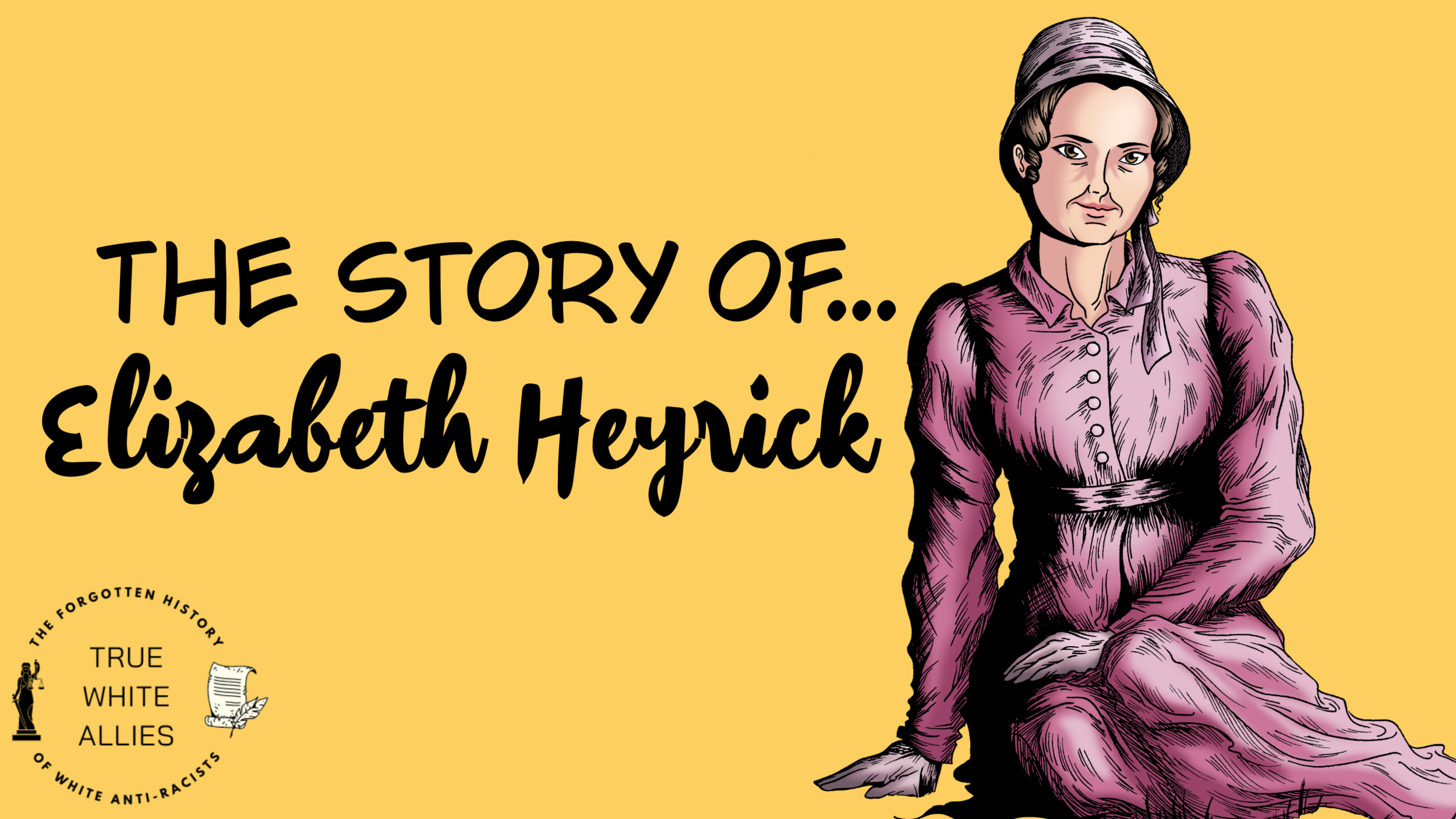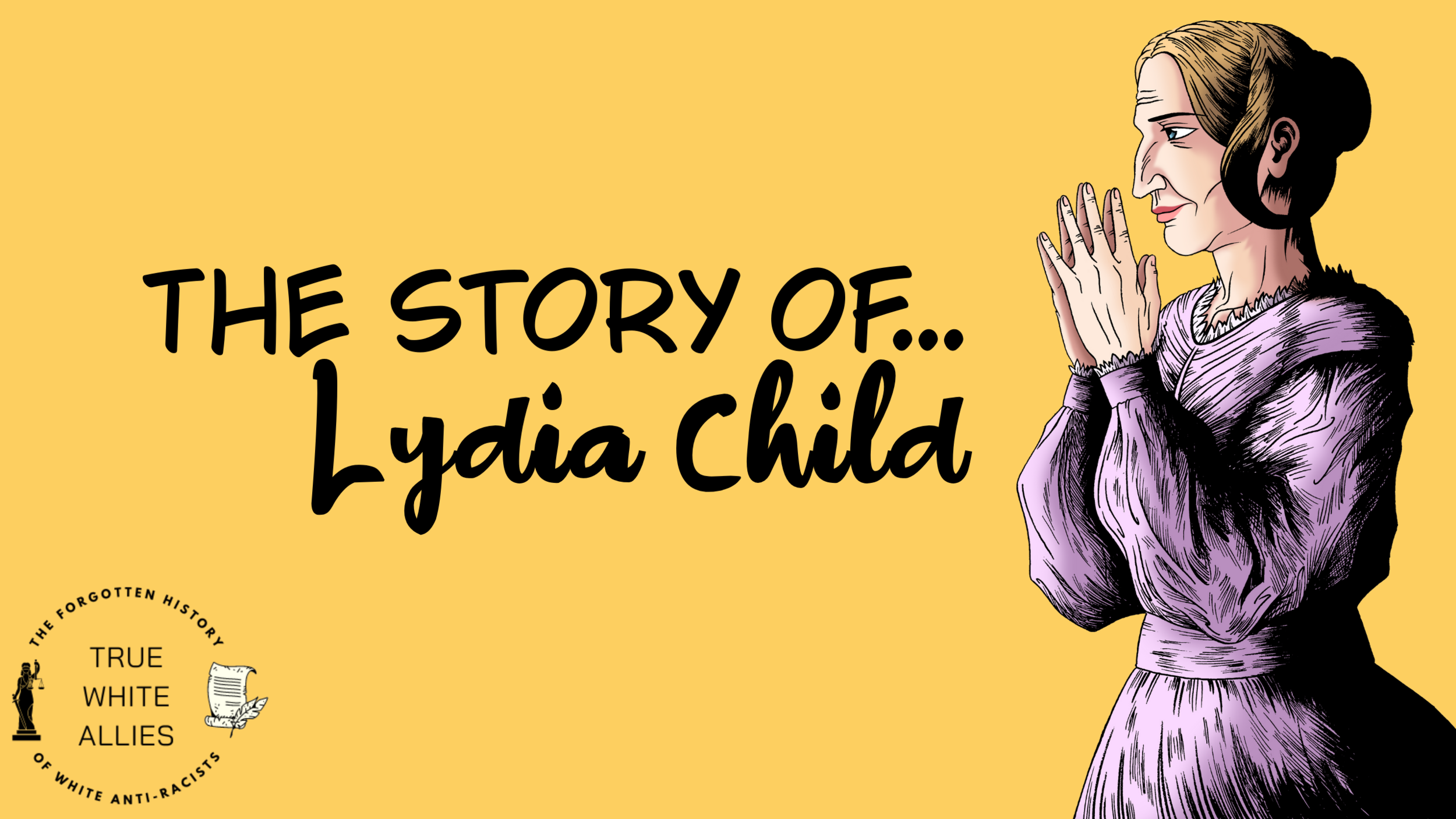The Story of Elizabeth Heyrick - A True White Ally
Some colleagues might say that ‘changing people’s mindsets can take time’ and ‘we need to take things slow.’ To that, we say ‘no way’ – instead, learn from Elisabeth Heyrick. She knew that you should never procrastinate on racism, especially in the workplace.
Heyrick affected change and pushed for the immediate abolition of slavery in Britain. How did she do that? By leading a boycott against sugar, which was produced almost exclusively with slave labour in the 18th century. We hope you’ll be inspired to learn how to be a good ally at work by learning about her story.
Who was Elizabeth Heyrick (and what can she teach us about how to be anti-racist in the workplace)?
Elisabeth Heyrick was not the type to sit back and let injustice go unchecked. She was born in Leicester, located in English Midlands, in 1769. During this time, the slave trade was the world’s most profitable industry.
Between 1640 and 1807, Britain bought and transported 3.1 million enslaved people from Africa to the British colonies. Britain had colonies worldwide at that time, and they transported enslaved people against their will to the Caribbean, North America, South America, and Asia.
In 1807, it became illegal for any British ship or person to participate in the slave trade – but that didn’t stop it from happening in most colonies. While there was a vocal anti-slavery movement, many participants were men. Many believed the action needed to be ‘cautious’ when ending slavery in the colonies. They wanted it to occur gradually so that people would get used to the idea on their terms. Heyrick knew this was not how to be a true white ally.
Elizabeth Heyrick called for the immediate abolition of slavery.
As we already know, Elizabeth Heyrick was not the type to tolerate the horror of slavery. She and other radical abolitionists called for immediate abolition.
She hailed from a genteel family that valued learning, which encouraged her to become a teacher and writer about social issues. By 1824 she was ready to put her beliefs about slavery on paper in a pamphlet called “Immediate, not Gradual Abolition, or ‘An inquiry into the shortest, safest, and most effectual means of getting rid of West-Indian slavery.’” She pointed out that outlawing slavery at home in Britain but not in the colonies was illogical and hypocritical.
“But to invite others to be just and merciful, while we grasp in our own hands the rod of oppression - what is it but can’t and hypocrisy?”
She specified that gradual liberation was unacceptable and that it was impossible to be ‘on the fence’ about emancipation. To Heyrick, you were either for freedom or you were against it – there was no ‘easing into it.’
“The perpetuation of slavery in our West India colonies is not an abstract question, to be settled between the Government and the Planters - it is a question in which we are all implicated; we are all guilty of supporting and perpetuating slavery.”
Being a True White Ally and organising a boycott
She called for a strict boycott of all West Indian imports, especially sugar, to drive her point home. She reckoned that if she could cripple the industries that used slave labour, enslaved people would be free.
Her words were persuasive and influential, especially in Leicester and Nottingham. As a result, grocers and inhabitants started buying only from suppliers who did not sell West Indian sugar. However, as her ideas spread to the US, she faced scrutiny at home.
That’s because William Wilberforce, head of the Anti-Slavery Society, believed in gradual abolition and did not like Heyrick or her ideas. He tried to tell movement members and leaders to stop speaking at women’s meetings.
That’s when Elizabeth Heyrick put her money where her mouth was – she threatened to withdraw the female anti-slavery society’s funding, which accounted for about one-fifth of their total funding. Her threats worked – by May 1830, the Anti-Slavery Society changed its stance and began calling for immediate abolition.
Sadly, Elizabeth Heyrick did not see the end of slavery she worked so hard for throughout her life. She died in 1831 and did not witness the Abolition of Slavery Act of 1833.
How was Elizabeth Heyrick a True White Ally?
Elizabeth Heyrick knew that oppression is intersectional. For all groups of people to have freedom, everyone must fight for each other’s rights. As someone who believed in women’s suffrage, the rights of the workers, and the rights of unhoused people, she also knew that the struggle of enslaved Black people was intrinsically linked to these issues.
She made unpopular statements, risked her reputation to stand up for her anti-racist beliefs, and used creative methods, such as boycotts, to further the cause. She is one of many examples of allies at work – and she ultimately succeeded, though she didn’t live to see the result. Heyrick also knew that inaction is the same as support for the oppressor – and she got to work dismantling the system.
Quick Takeaways – How to Follow Elizabeth Heyrick’s Example
Get out there and get involved – This is an essential point if you’re learning how to be an ally in the workplace. Remember, Heyrick believed you gave your de facto support to the oppressor by doing nothing. So, say something, get involved, and get active.
Remember that oppression is intersectional – You can’t pick and choose the people you want to fight for when trying to be a true white ally. People face different kinds of oppression for their gender, race, class, sexuality, religion, and ethnicity, and they can stack up and become intensified. Fighting to end all forms of oppression is the only meaningful way to end any form of oppression.
‘Just say no’ to gradual change – When it comes to racism, gradual change just isn’t good enough. Instead, follow Elizabeth Heyrick’s example and demand change now. If someone tells you that changing racist systems in the workplace will take time, challenge them. Say, “I understand you feel that way. But what can we do right now to move things forward?”
Click here to learn how you can join us on our mission to be anti-racist in the workplace.



